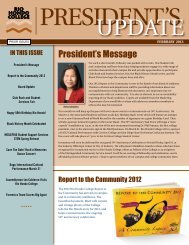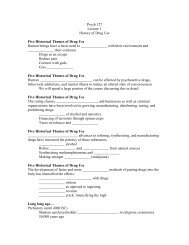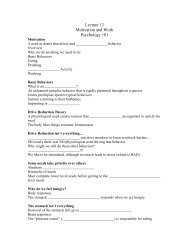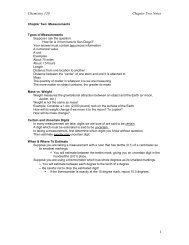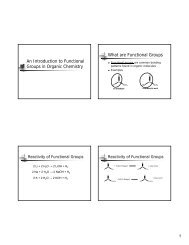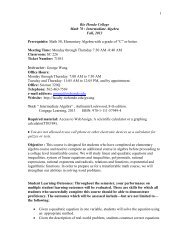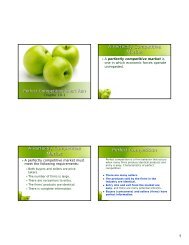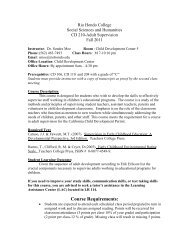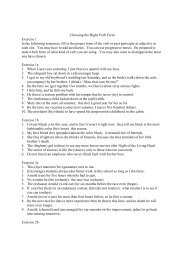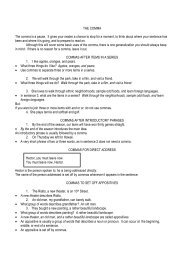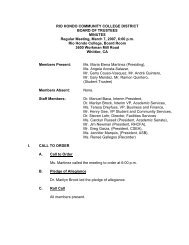Green Building and LEED Core Concepts Guide First Edition
Green Building and LEED Core Concepts Guide First Edition
Green Building and LEED Core Concepts Guide First Edition
Create successful ePaper yourself
Turn your PDF publications into a flip-book with our unique Google optimized e-Paper software.
Strategies for reducing indoor water use:<br />
• Install efficient plumbing fixtures. Replace water-intensive fixtures with new law-flaw fixtures.<br />
If porcelain replacement proves cost-proh ibitive, install new flush valves or flow restrictors<br />
(for example, aerators) to ach ieve water savings. .<br />
• Use nonpotable water. Strive to use the right water for the right purpose , including captured<br />
rainwater, graywater, or mu nicipa l reclaimed water for flush fi xtures.<br />
• Install submeters. Meter indoor water systems <strong>and</strong> monitor the data to track consu mption<br />
trends <strong>and</strong> pinpoint leaks .<br />
Primary Resources: Water Usage in <strong>Building</strong>s<br />
The U.S. Geological Survey estimates that the United States uses 400 billion gallons<br />
of water per day. The operation of buildings, including l<strong>and</strong>scaping, accounts for approximately<br />
47 billion gallons per day-<br />
12% of tota l water use.<br />
The value of any particular measure for overall water conservation efforts depends<br />
on the distribution of end uses- the points of consumption- in a given building. For<br />
example, office buildings typically lack extensive laundry <strong>and</strong> kitchen facilities, <strong>and</strong><br />
water is used for HVAC systems, restrooms, <strong>and</strong> l<strong>and</strong>scaping. In contrast, kitchen<br />
sinks <strong>and</strong> dishwashers dominate the end use for restaurants. A water end-use profile<br />
can help project teams identify the largest users of water <strong>and</strong> evaluate the cost-effectiveness<br />
of specific conservation strategies, whether it's low-flow fixtures, irrigation<br />
technology, or efficient cooling tower systems .<br />
• ·'Water: Doing More With Less ," (Environmental <strong>Building</strong> News, 2DOB),<br />
http://www.bu ildinggreen.com/auth/a rtid e,cfm/I P/36291.<br />
• Residential End Uses of Water (American Water Works Assoc iat ion Research<br />
Fou ndat ion, 1 999), http://www.aquacraft.com/Publ k ations/resident.htm .<br />
THINK ABOUT IT<br />
Waterless urinals. Non-water-using urinals are the ultimate low-flow fixtures.<br />
What might be some reasons they are not specified for every new commercial<br />
building project<br />
Water Effi ciency 39



